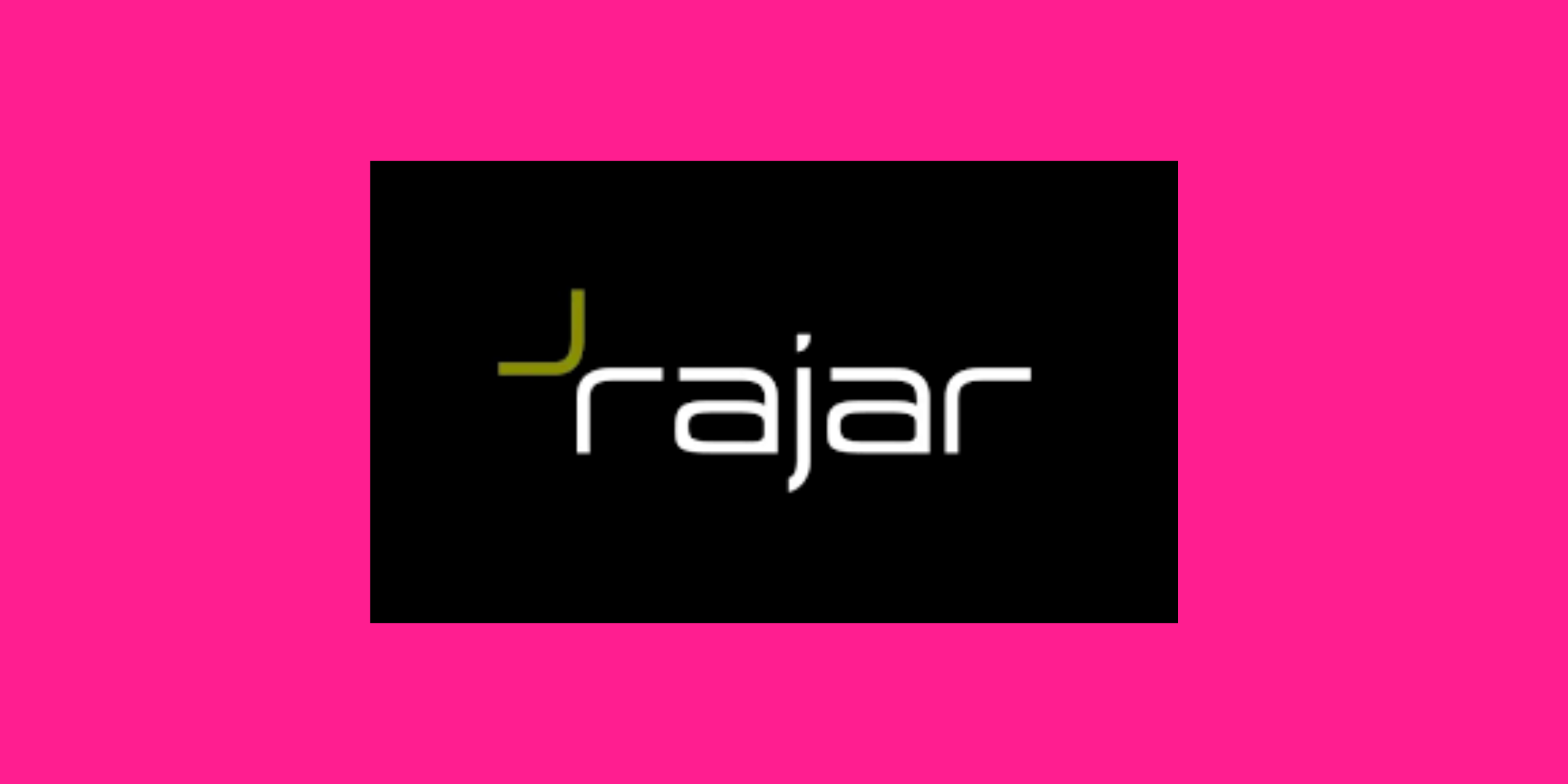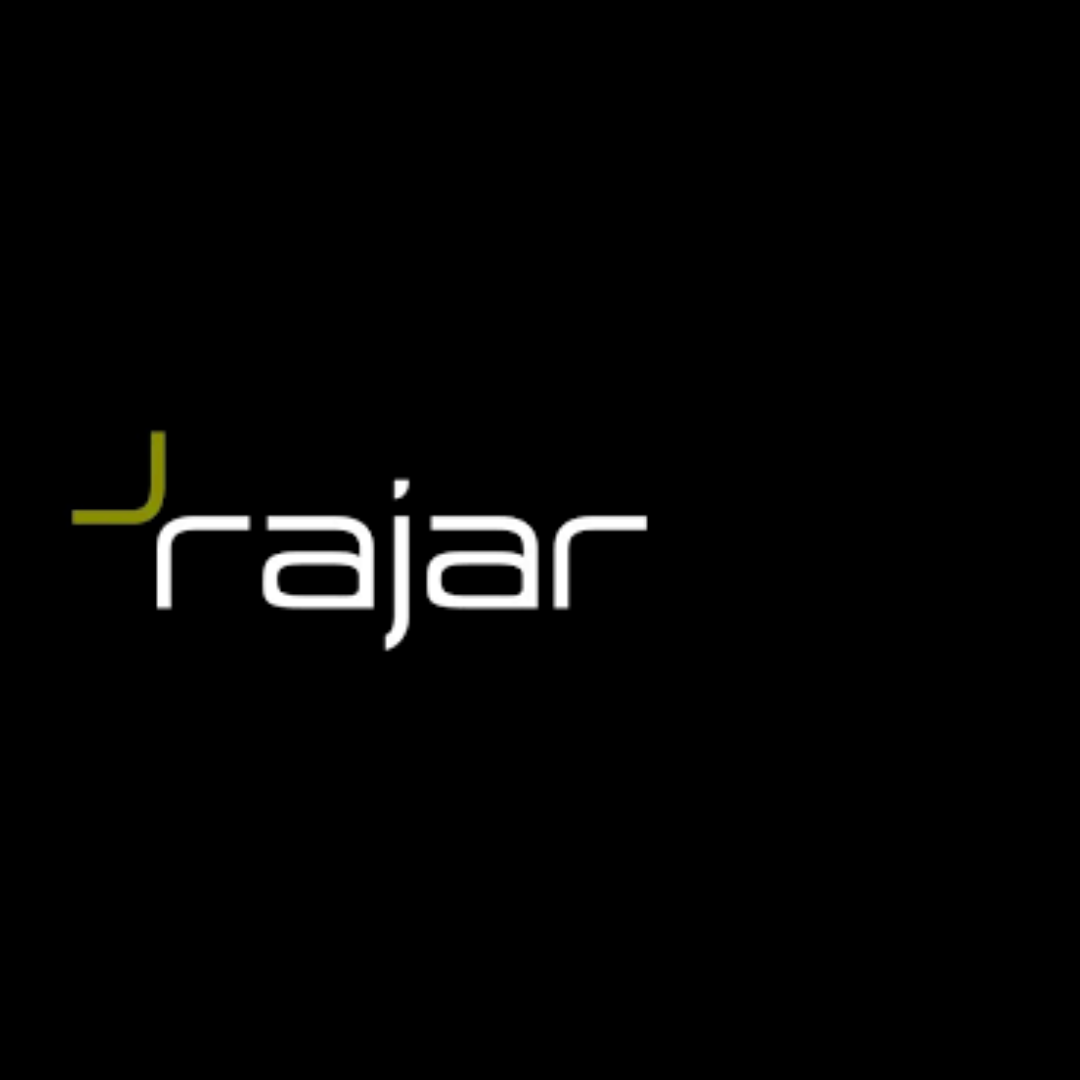The answer is a resounding YES!! Around 90% of UK adults listen to radio every week. Q3 2024 RAJAR figures (the organisation that measures and publishes audience statistics for radio stations in the UK) announced that it has been a record record quarter for BBC Radio 5 Live, Boom Radio, GB News and for a lot of Global brands, including Capital, Heart, Smooth and Radio X.
Read our blog post for insights on the latest RAJAR radio listening figures and find out what they mean for radio PR professionals.
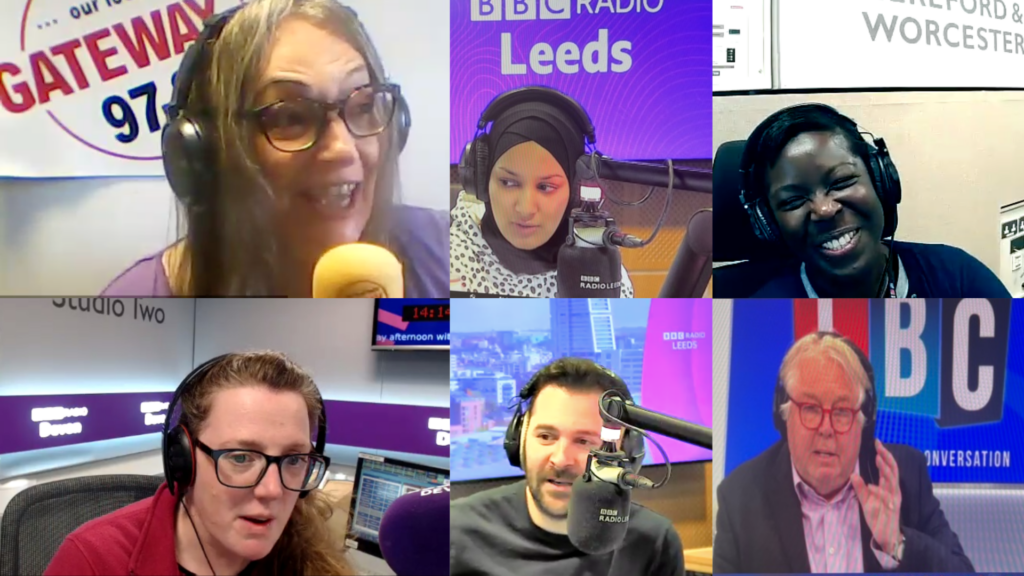
BBC Radio 5 Live
May be its because it’s their 30th anniversary year, but BBC Radio 5 Live reached its highest audience in a decade with – in their words “its unique mix of the biggest news stories and sporting events, all brought to audiences with expert analysis and commentary”.
6m listeners are tuning in each week and BBC Radio 5 Sports Extra was listened to by 1.8m people during the same period.
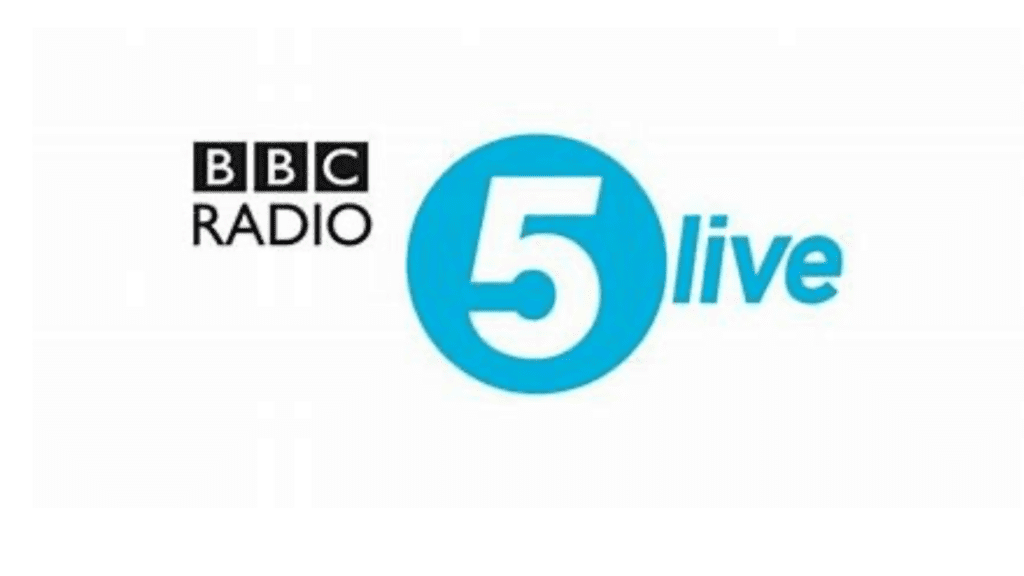
BBC Radio 2
Listeners love the distinctive, mixed music and speech network that is Radio 2, broadcasting to a broad loyal audience typically aged over 35. It’s still the UK’s biggest radio station with 13.3m listeners. The Zoe Ball Breakfast Show is officially the UK’s biggest breakfast show with 6.3m listeners. Vernon Kay’s mid-morning radio show remains the nation’s favourite, increasing on the quarter to 6.8m listeners.
But there is a new kid on the block – the volume of radio listening online and on smart speakers is continuing to grow. The RAJAR radio listening figures state that this audience now accounts for 17% of total listening which is a 22% increase year on year.
The headlines come from the latest radio listening figures confirmed by RAJAR for Q3 2024, which shows all radio in the UK has attracted a new record audience of 50.9 million adults, up from its previous record of 50.8 million set in Q2 2024.
But why do we love radio – It’s free! and you’ll always find a station that appeals to your specific needs, talk, classical music, rock, pop or a bit of nostalgia.
Radio listeners are filtered. This means active listeners are available in different groups that best suits their taste. With this, audiences are already segmented, making it easier for marketing and PR to target them. Over forties for BBC regional radio, under 25’s for radio 1 and Heart somewhere in the middle with 25-44 year-olds.
Coupled with a segmented audience, organic reach and if required, a locally targeted audience, it’s all possible when it comes to radio advertising and editorial promotion, and these are the reasons why brands and businesses still consider radio as one of their top marketing strategies.
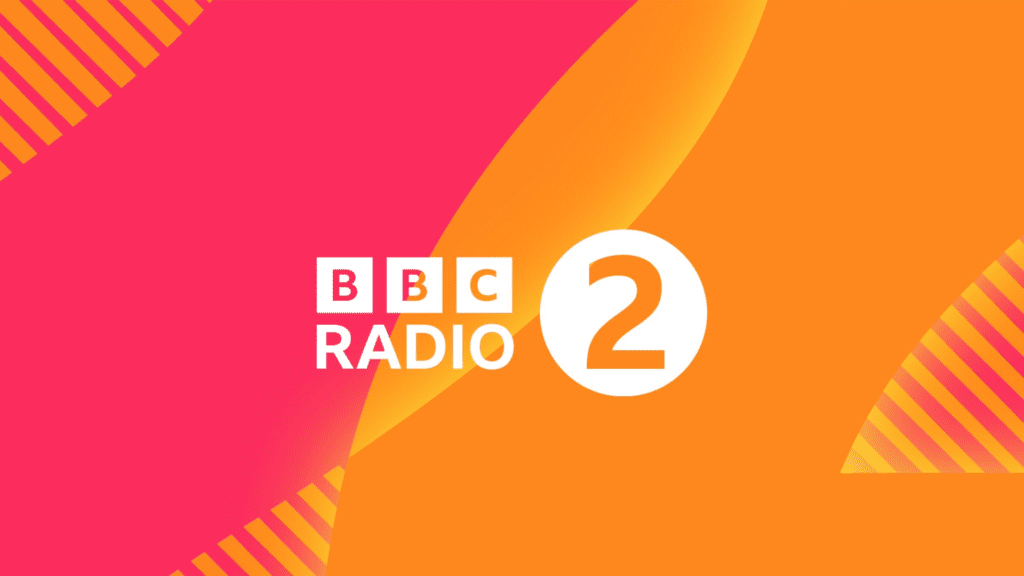
What do we mean by radio advertising?
In its simplest terms it is buying commercials (adverts) to promote your product, service or even an event. Advertisers pay commercial radio stations for airtime typically in a block of 15 or 30 seconds and the radio station broadcasts the advertiser’s commercial to its listeners.
There are some restrictions as to who can advertise on air the most obvious tobacco, illegal products or services and counterfeit goods!
According to Radio Centre, Radio delivers £7.70 revenue return on investment on average for every pound spent couple that with lower production costs than TV advertising and you’re on to a winner.
*Source: Radiocentre’s: Radio for growing ROI
There are some sectors who really favour UK radio advertising. They include retail, financial sector, luxury brands and the sports and fitness industry.
Radio advertising gives the flexibility of relatively short lead-times and it allows you to target your key audience by the type of station; age, gender, and if required a specific region in the UK.
But you have to pick your moment!
It is known as context advertising, aligning a message with an activity for example tapping into a hungry audience driving home from work. If you’re listening to that all familiar McDonald’s jingle, you’re more likely to swing by drop in for a cheeky burger.
It may sound complicated, but the sales team at most of the larger radio station will work out the options for you, providing an estimated repetition figure, called OTH (opportunities to hear).
Industry research shows that radio marketing campaigns are on average 60% more likely to make brands famous.
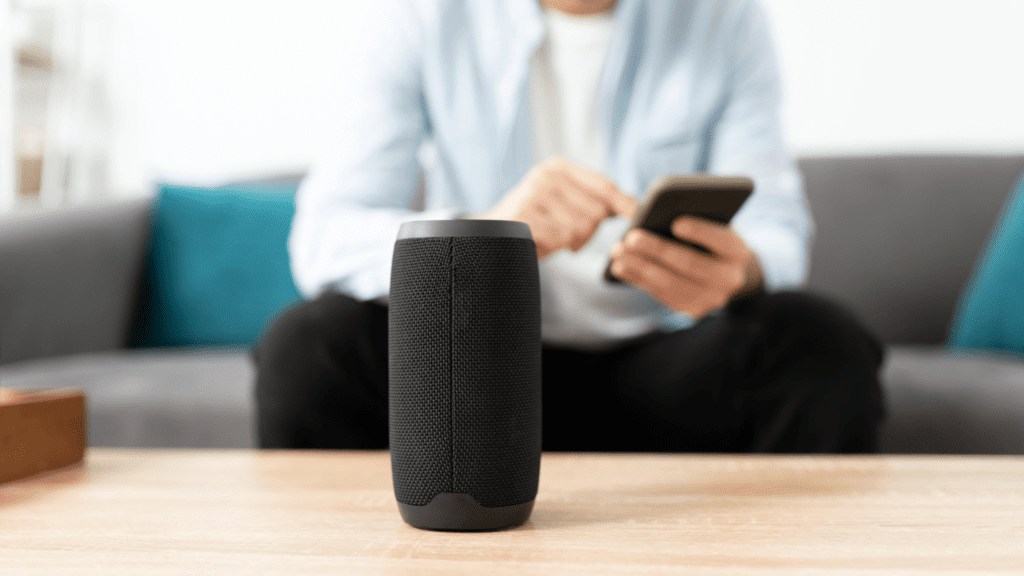
Where are people listening to the radio in 2024?
- DAB: According to the 2024 Q3 RAJAR radio listening figures, the most popular platform for listening to the radio, with 42.6% of the share. 66% of the population claim to own or have access to a DAB radio.
- AM/FM’s hit a new low at 26.3%
- Online: A popular choice for 18-35 year olds, who often listen to radio through a website or app.
- Digital TV: Makes up 2.6% of digital listening.
- Smart speakers: A digitally enabled platform for listening to the radio.
- Traditional radio sets: Still used by some older generations.
- Hybrid devices: Some cars and mobile phones have hybrid devices that allow for a seamless transition between broadcast and internet radio.
According to Statistica who analysed radio usage in the UK in late 2023 and early 2024, respondents aged 35 years and older spent almost half of their weekly audio time on physical live radio. For the age group between 15 and 34 years, this share was considerably lower, at 25 percent. For that age group, streamed music was by far the most listened to audio type.
Future of UK radio from a Broadcast PR perspective – 2024 and beyond
Digital Transformation
The transition from analog to digital broadcasting is well underway and likely to continue as digital platforms offer better sound quality,.
Digital radio also allows broadcasters to offer more stations and niche content just recently we’ve seen the launch of Caravan radio https://www.caravanradio.co.uk/
Online radio caters to diverse tastes and preferences that traditional analog radio might not have been able to support.
Internet Radio and Streaming Services
Internet radio and streaming services like Spotify and Apple Music, are changing how people listen to music and radio shows. On-demand listening, allowing users to curate their listening experience based on their preferences. Spotify Radio is a feature that creates a playlist based on any Song, Album or Artist you select. The playlist also updates over time to keep fresh.
Smart Speakers and Voice Assistants
Smart speakers like Amazon Echo and Google Home have brought radio back into the home in a new, interactive way. Smart speakers have been around for a few years, but it wasn’t until 2017, when Amazon released its Echo smart speaker, and Google released its Home speaker, that they really started to take off.
Since then, their popularity has grown steadily as prices become more affordable. Again According to Statistica, the global smart speaker market reached more than 200 million in 2023, a number that will keep increasing .
Connected Cars
The future of radio in your vehicle looks bright with the rise of connected cars. These are cars with internet connectivity, allowing drivers to stream radio stations, podcasts, and music from anywhere in the world.
AI Radio
Artificial Intelligence (AI) is playing a significant role in personalisng radio content. AI algorithms analyse listening habits and preferences to suggest content that listeners are likely to enjoy. AI can also help broadcasters better understand their audience.
Tech company Futuri Media say they’ve created a tool that can do everything local radio does via AI including local news, interviews, music, and weather and traffic reports. !
The local radio ‘ station’ gathered information from 250,000 news sources and got it broadcast by an AI host . Reaction was mixed.
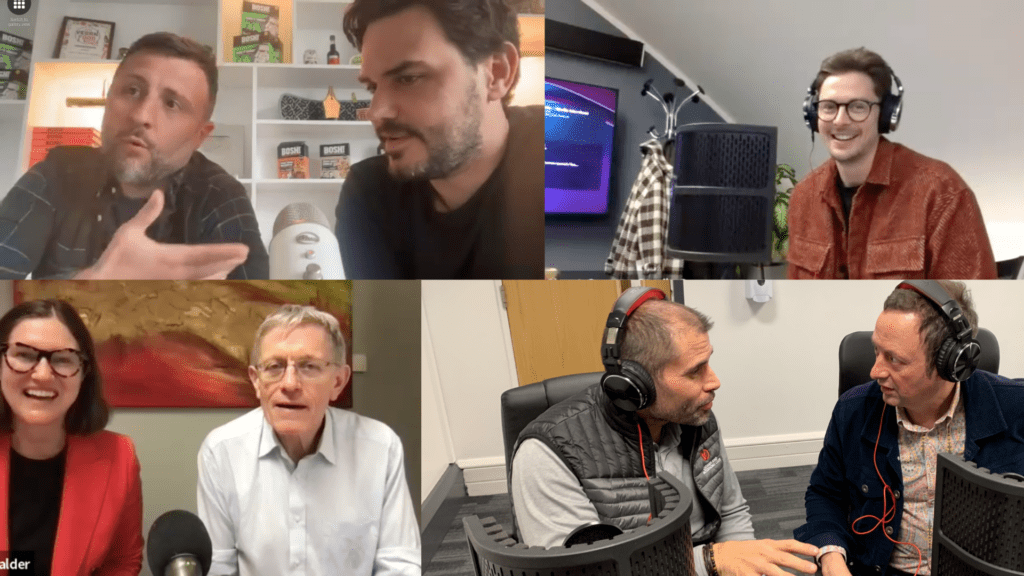
Top tips for delivering a successful radio broadcast PR campaign
Content Creation /Commissioning research
Sometimes a story is newsworthy on its own – a breakthrough in medical treatment the launch of a compelling new product or a simply breathtaking stunt but more typically PR generated stories require research to give a news hook or a reason to cover the story on a particular day. The research needs to be large, representative data ( ideally 2000 people) from reputable sources. OnePoll, YouGov and MORI credible research providers.
Timing
Another crucial element is co-ordinating your broadcast efforts with Print and other PR channels. Broadcast PR needs to dovetail with all media so our recommendation is to embargo the story until 0001 and then appears to viewers, listeners and readers simultaneously.
Agree a radio media target list
The list below is a good starter for a typical consumer campaign:
The Today programme BBC Radio 4, reach 2.2 million
BBC Radio 5 Breakfast, 1.75 million
Sky News Radio, 3 million
You and Yours, 1.2 million
LBC Radio, 1.2 million
UK health network 130,000
BBC Asian Network, 500,000
BBC regionals with a reach of 50,000 plus
Commercial stations – with a reach of 50,000 plus
Selling in
Best practise is to draft several different releases, tailored to different programmes. More and more radio stories are used online so where appropriate, supply an accompanying infographic for broadcasters to use on their websites and for social media.
There are some key elements which help secure great broadcast coverage starting with:
- What’s the top line?
- All the journalists want to know what the story is in one simple sentence.
- If you don’t know what it is, then you’ve got no chance.
- It’s about clarity and headlines are important.
Give them options
Radio journalists will always be grateful for interesting guests to interview – having a third-party spokesperson will take the commercial sting out of a story and given the choice they are more likely to want to speak to a neutral spokesperson rather than the brand.
There is no need for your spokesperson to go into a radio studio – broadcasters are very happy with remote interviews over Zoom, more often these days Teams or FaceTime audio. Critically they need good connectivity and it is important to conduct a technical check a couple of days before go give time to find an alternative location.
On the day
Whether on location, or being done remotely, all participants assemble in good time, prior to the first interview. This is also a good time for a nervous spokesperson to have a last practice and for our producer to confirm the opportunities.
Post covid, and cutbacks across BBC and commercial networks, radio campaigns have been extended across most of the day. The bulk of the interviews will happen earlier on in the day 0800-1300 but with flexibility either side. Typically the last one will be around 17:00.
Post campaign
After all the hard work it is essential to have an evaluation report summary.
Typically these include audience reach and key messages communicated to help with ROI analysis
How can Shout! Communications help with your Radio PR campaign?
We hope you found our RAJAR radio listening figures insights useful and you can now use some of these learnings for your next broadcast PR campaign. If you’d like help planning your own Radio PR campaign, get in touch. We think like the broadcast producers we used to be! Having made those decisions in the past, we confidently know what broadcasters want and what they don’t want.
We can provide advice on how to approach broadcasters to get them interested in your campaign, as well as spokesperson media training. You can contact us by e-mailing hello@shoutcommunications.co.uk or calling 020 7240 7373.
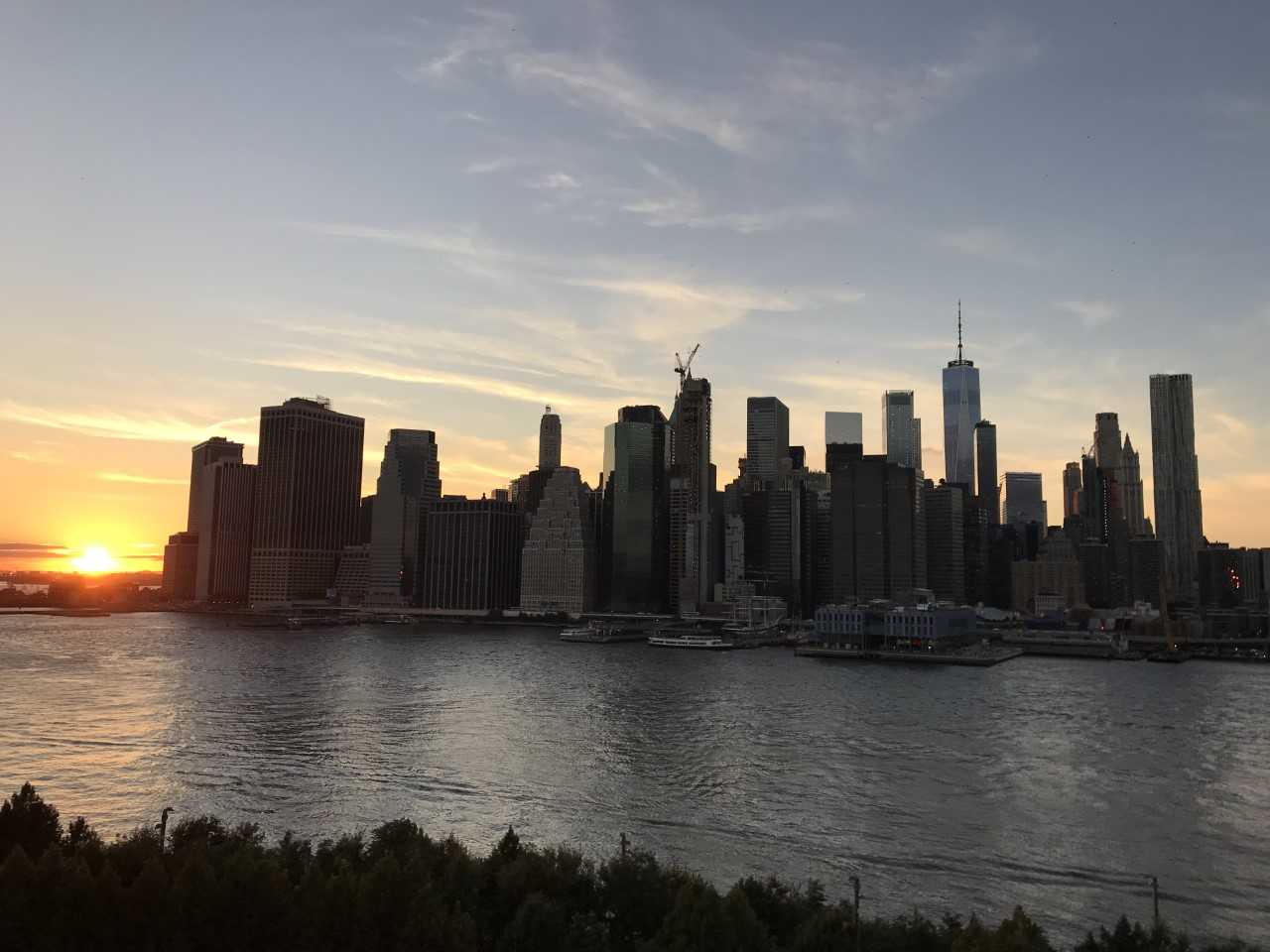
Filming in New York
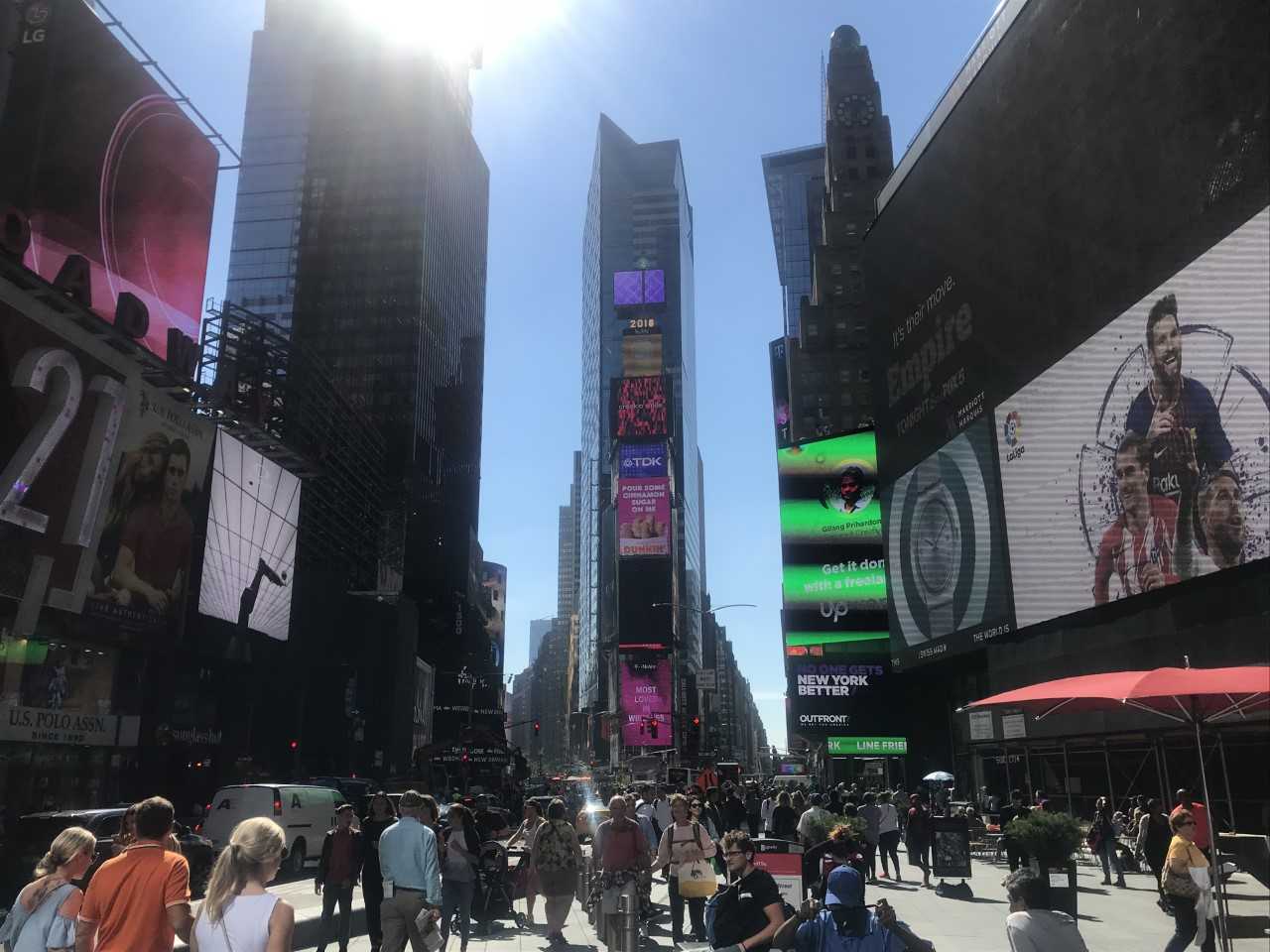
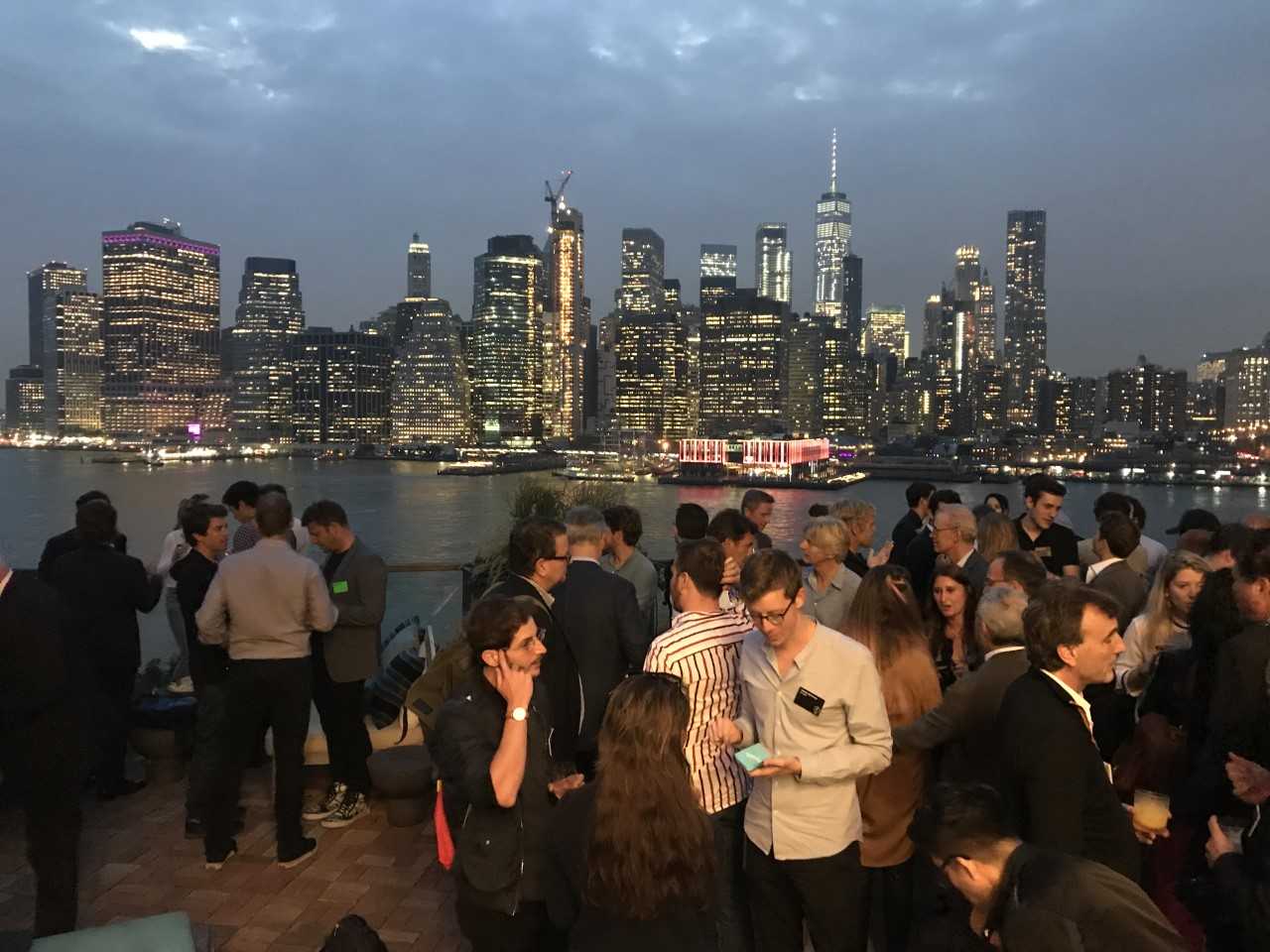

Author: Catherine Bayfield
Catherine is Co-Founder of Shout! Communications and has more than 20 years experience in Broadcast PR. She leads the Media Relations team and her expertise includes media training. She excels at creating campaigns that help clients make an impact. Catherine moved into PR after a successful career as a broadcast journalist, at GMB, London Tonight and Central TV.
